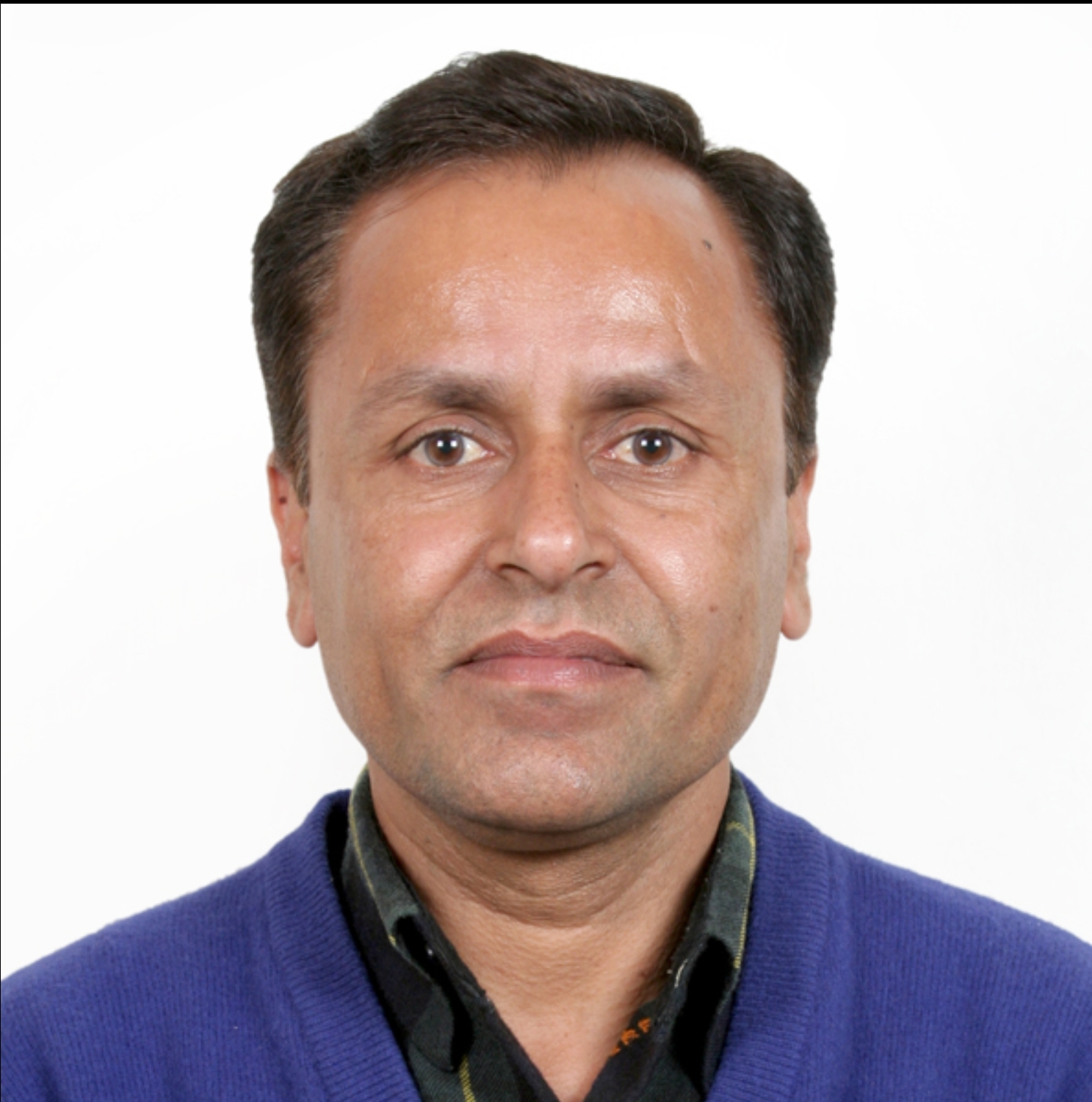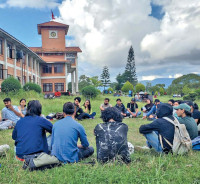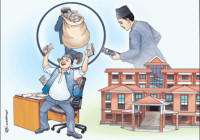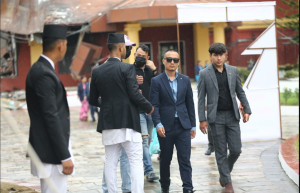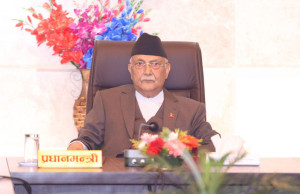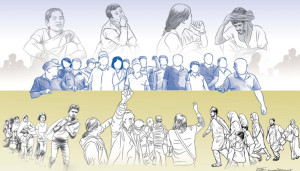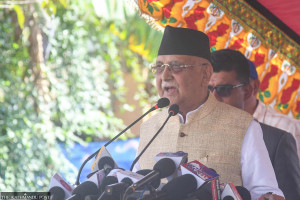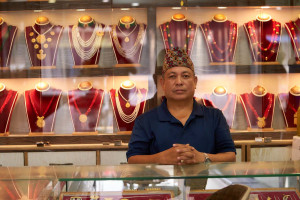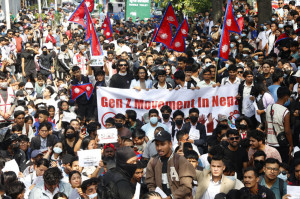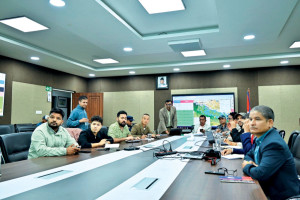Columns
Corruption, complicity and CIAA
If the society does not stop legitimising the corrupt, institutional reforms alone will be insufficient.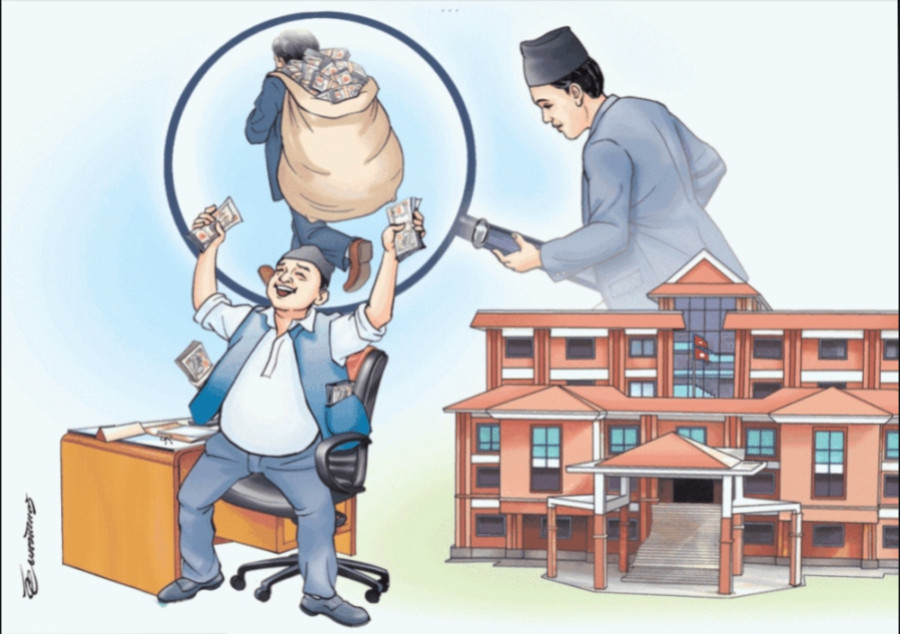
Ram Sharan Sedhai
Nepal ranks 108th out of 180 countries on Transparency International’s Corruption Perceptions Index (2024). It mirrors how pervasive is corruption and how it manifests in multiple forms. Corruption undermines governance, distorts public policy, erodes institutional legitimacy and degenerates society.
In Nepal, corruption is largely equated with bribery or embezzlement. Even the educated synonymise corruption with financial misconduct. Bribery has become so entrenched that it overshadows other forms of corruption. This article focuses on financial irregularities.
The new government—formed in the aftermath of the September 8-9 Gen Z revolt—should immediately restructure the Commission for the Investigation of Abuse of Authority (CIAA), Nepal’s permanent anti-corruption watchdog.
The CIAA has become a recruitment centre for mostly corrupt party loyalist ex-bureaucrats. Those appointed at the mercy of political leaders remain subservient to their godfathers. It is legitimate for the government to appoint commissioners, but they should appoint those who neither fear nor favour their appointers.
Established in 1977 as the Commission for the Eradication of Abuse of Authority, it was rechristened as CIAA in 1991. The Panchayat system misused it covertly, and after 1990, political parties overtly abused it. The CIAA has remained complicit in the malpractices.
Despite having constitutional authority, legal powers and resources, the CIAA has failed to track the illicit accumulation of wealth by bureaucrats and politicians. This chronic inaction raises a question: What has barred the agency from performing its most basic duty?
All commissioners hitherto share equal responsibility for fostering a culture of complicity. Instead of serving as a deterrent, the CIAA has frequently degenerated into an institution that legitimises corruption. Many chief commissioners, all ex-bureaucrats, had questionable records.
In the name of stemming corruption, the CIAA disproportionately targets low-level government employees for accepting small bribes while ignoring the large-scale embezzlement and abuse of authority by political elites and senior officials. The CIAA has become a tool to settle political scores and intimidate junior government staff.
Many political leaders come from modest backgrounds. Once in power, their wealth often grows exponentially, far beyond the scope of legal income sources. This ‘wealth leap’ without credible business or professional backing is a strong indicator of illicit enrichment linked to office.
The complicity in Nepal’s corruption epidemic extends far beyond the CIAA. The electorates, the mass media, civil society organisations, educational institutions, law-enforcing agencies, the judiciary, donor agencies, and even sections of the legal fraternity have all contributed, directly or indirectly, to the persistence of graft due to their inaction.
Society’s tendency to normalise and even glorify corruption renders the problem more sinister. Rather than ostracising the corrupt, communities often celebrate them as ‘successful’ figures. Lavish weddings, extravagant property displays and unchecked opulence are eulogised instead of questioned.
This (un)cultural acceptance creates a vicious cycle: Corruption thrives not only because oversight mechanisms are weak, but also because public conscience has been dulled. Unless society refuses to legitimise the corrupt, institutional reforms alone will remain insufficient.
The ex-bureaucrat-dominated present government’s reliance on the increasingly inefficient and discredited CIAA risks alienating both Gen Z and the broader public—groups demanding thorough investigations into corruption and accountability for both bureaucrats and politicians.
By delaying action and sticking to the narrow confines of provable evidence, the state provides an escape route for corrupt actors. The corrupt often stay a step ahead of investigators, using layers of proxies, front companies, and sophisticated laundering schemes to conceal illicit wealth. Sans decisive action, corruption will metastasise.
What baffles the public is why the CIAA has yet to adopt the most elementary tool of accountability: a baseline and endline wealth audit. A simple comparison of leaders’ and bureaucrats’ assets at the time they entered politics or public service with what they hold today would expose the scale of corruption.
How does a political leader who once proclaimed humble proletarian origins suddenly own palatial homes, luxury vehicles, vast bank deposits, and the means to hand out cash to loyal cadres? It is corruption writ large. A parliamentarian or minister in Nepal officially earns about Rs1.2 million annually, yet many flaunt lifestyles far beyond such means.
Even more glaring are those who have never held positions of profit but maintain opulent households, bankroll political patronage networks and indulge in extravagant spending. These contradictions are not accidental, but symbol of systemic corruption.
Nepal’s civil servants are underpaid. Yet thousands vie for the job annually. In 2023-24 alone, the Public Service Commission received 473,490 applications. This is not merely a reflection of limited job opportunities; but the allure of state jobs lies in access to power, patronage and personal gain. It is evident from their lifestyle and the wealth they accumulate.
One of Nepal’s prime ministers, who once struggled to pay even his party levy in his youth, now owns multiple luxurious buildings and lives lavishly. Another former PM, who once declared owning nothing but 34.98 grams (3 tola) of gold and 0.083 acre (1 kattha) of land when emerging from underground politics, now parades in conspicuous luxury.
Then there is the PM whose wedding ring was gifted by someone, a fact which has not been publicly denied yet. Today, the same man owns bungalows, a fleet of luxury vehicles, and heavy stakes in lucrative businesses. None of them is qualified enough to earn a living outside politics. What more proof is needed to expose their corruption?
Not all, but many political leaders and bureaucrats are corrupt. A senior advocate recently said in a television interview that judges are corrupt, admitting that he and his fellow advocates have bribed them. Do you still need an Amnesty International report to punish the corrupt?
Corruption kills more people than many realise. Rampant embezzlement denies citizens even basic medicines and drains the resources needed to protect life and property during preventable disasters such as floods, landslides and cold waves. As per the Asian Disaster Preparedness Centre, 890 Nepalis die annually due to preventable natural disasters because funds meant for public safety are siphoned away. If corruption is controlled, Nepal can provide free education and free medical treatment for its people.
This government has no luxury to delay in nabbing the corrupt. The Gen Z revolt reflects a deep-rooted outrage against corruption and political instability. Gen Z demands radical reform: Confiscating all property amassed through corruption, life imprisonment for offenders, and a permanent bar on any corrupt leader or bureaucrat from holding public office or political positions. If the government fails to punish them, another movement, far greater in magnitude and consequence, is inevitable.




 14.63°C Kathmandu
14.63°C Kathmandu